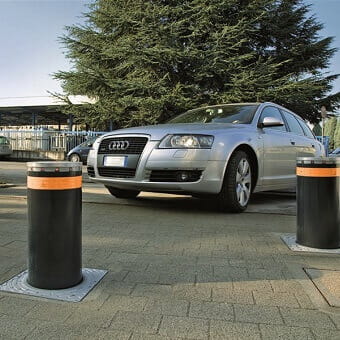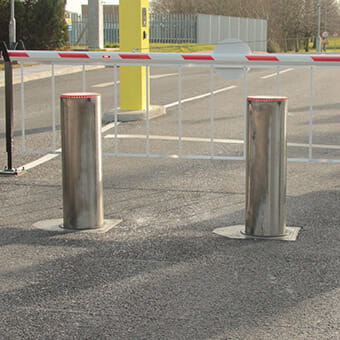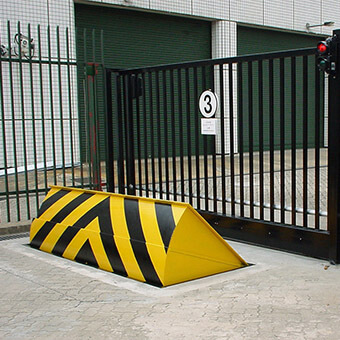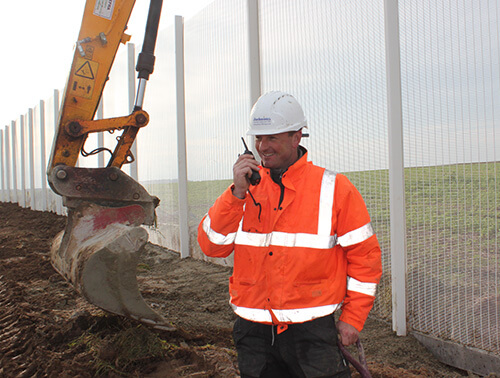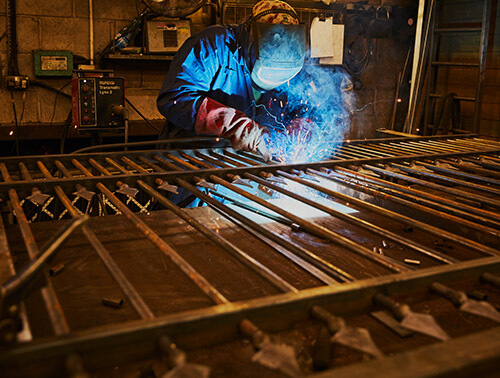Our other sites:
- Types of Bollards
- Correct Bollard Spacing
- Why should bollards be installed?
- Crash Rated bollards
- Pedestrian Flow
- Government Advice
- Products
When conducting a site survey, it's important to evaluate the surrounding environment, and whether the site has vehicle access, is located close to road traffic, and the type of vehicular activity that occurs in the vicinity. This is a critical step in understanding the risks to the buildings and the people who use them.
Specifying security bollards may be the solution for your project in mitigating the range of vehicle-related threats out there, including speeding drivers and vehicle attacks. However, identifying the potential risks and a site’s vulnerabilities are just the first step: there are many different types of bollards available, such as timber, stainless steel, crash rated, low impact, fixed and removable or rising bollards.
Choosing the appropriate bollard design is essential in creating a controlled traffic setting that enhances pedestrian and building safety for all.
TYPES OF BOLLARDS

Automatic Rising Bollards
Static PAS 68 Bollards
K4 K8 and PAS 68 Automated Crash Rated Bollards - High Security
Round Metal Bollards
Square Metal Bollards
Timber Bollards
CORRECT BOLLARD SPACING
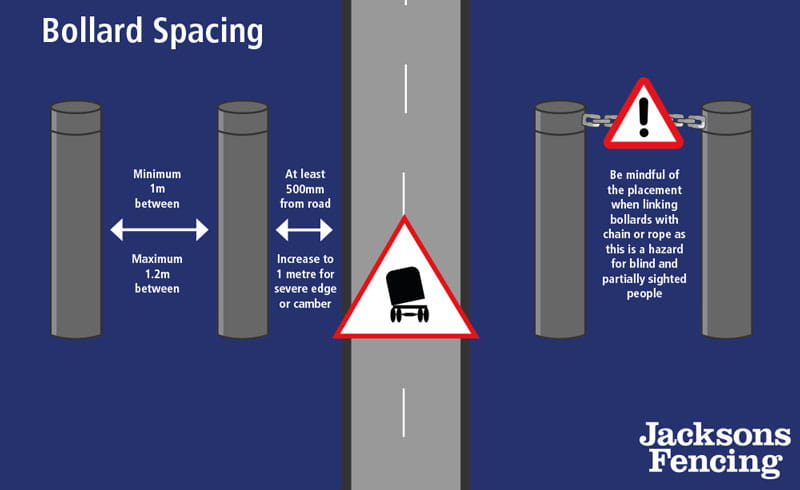
WHY SHOULD BOLLARDS BE INSTALLED?
There are many reasons for installing a bollard array:
When designing a bollard array, it’s important to note there are no strict guidelines, with the correct spacing varying depending on the application. The rule of basic common sense applies, with a distance of 1.2 metres used for most applications but some bollards especially crash rated will have specifications from the manufacturer.
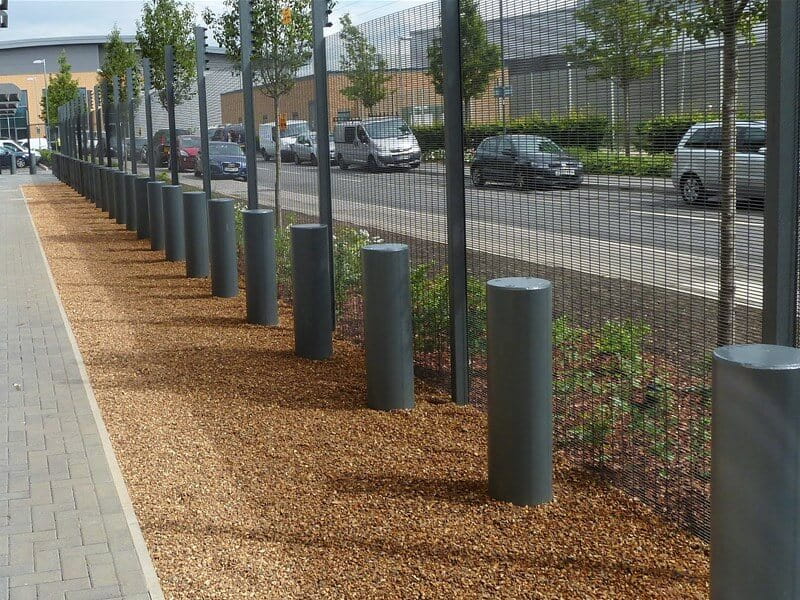
Static PAS 68 Bollards
CRASH-RATED AND NON-CRASH RATED BOLLARDS
Security bollards can be generally split into two categories: crash-rated and non-crash rated. Crash-rated bollards have been put through rigorous testing by government-approved bodies and given different ratings depending on their levels of resistance.
In the UK, PAS 68 is the Publicly Available Specification for vehicle security barriers and is considered to be the security industry’s benchmark for HVM equipment. Crash-rated bollards are becoming increasingly common in and around cities.
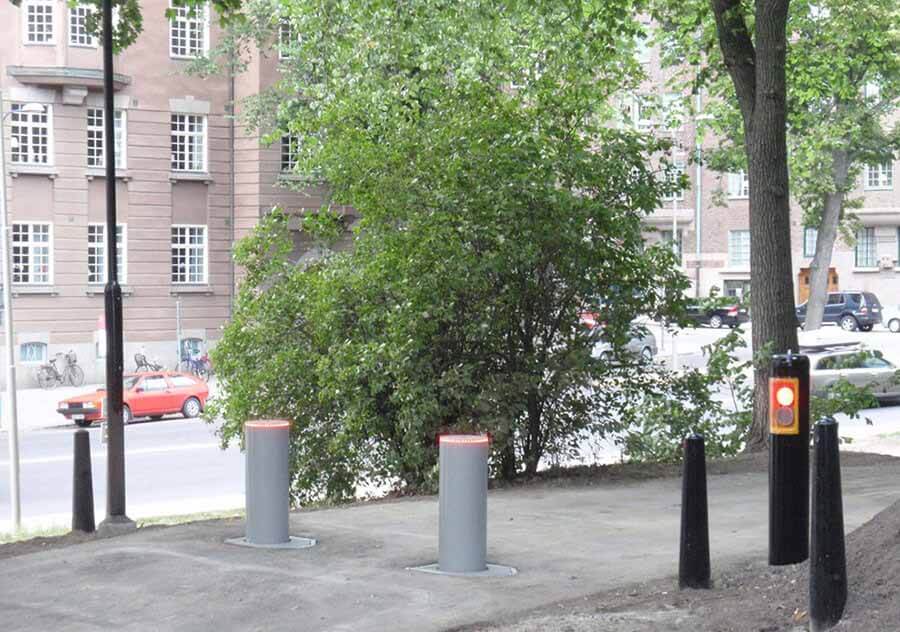
PAS 68 Automated Crash Rated Bollards
Non-crash rated bollards are not designed to be resistant to vehicle crashes, although this doesn’t mean they have no resistance. Their resistance power has simply been untested. They are typically installed at low-risk sites or where security isn’t a main concern.
PEDESTRIAN FLOW
Understanding pedestrian movement is key to a successful bollard arrangement. Designers should be careful when installing bollards to ensure an appropriate level of physical protection is provided with minimal impact on pedestrian flow. The government guidelines state:
These issues need to be taken into account to predict how pedestrian movement will be influenced by a bollard scheme.
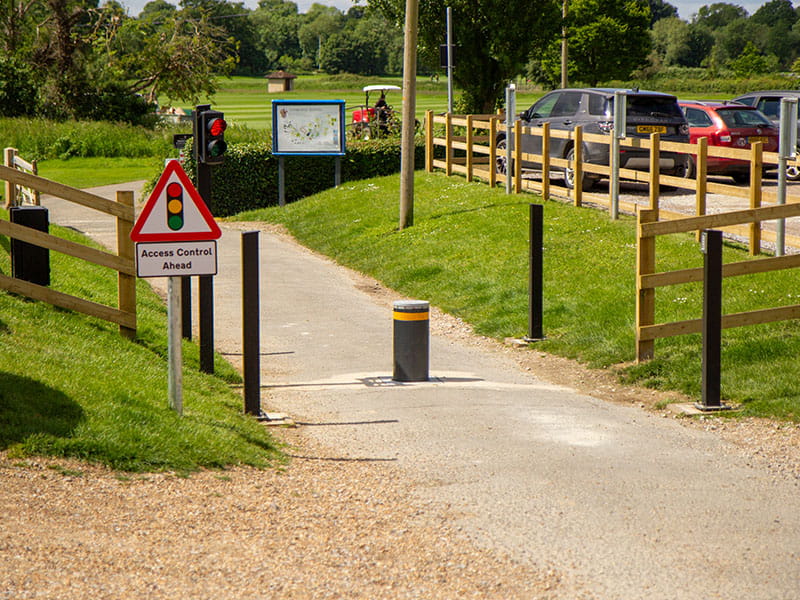
Automatic Rising Bollards
Finally, it’s essential to consider whether the bollards can cause problems for wheelchair users and people who are visually impaired. This is in accordance with The Disability Act 1995, which gives disabled people a right of access to goods, facilities, services and premises.
Related products
Jacksons Security has a range of products relating to this article, all complete with our 25 year service life guarantee. If you cannot find the item you are looking for, please do not hesitate to call our friendly sales team.
Related Content
Top
